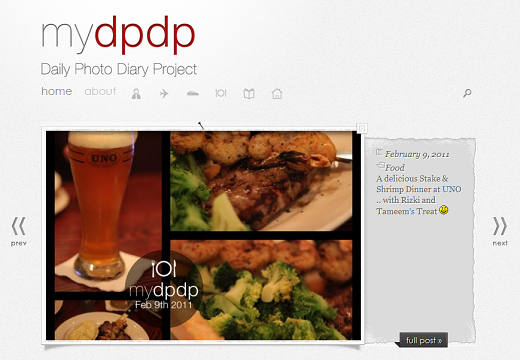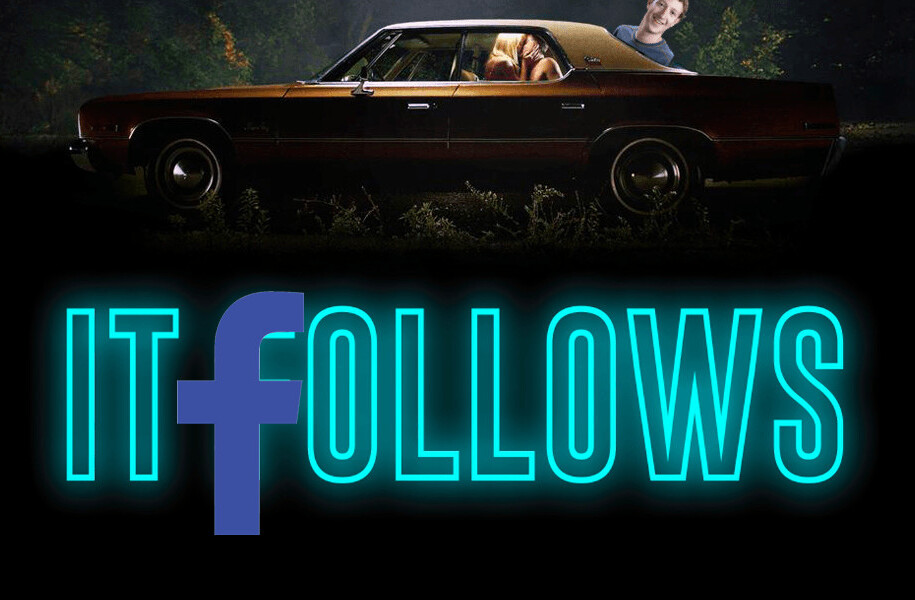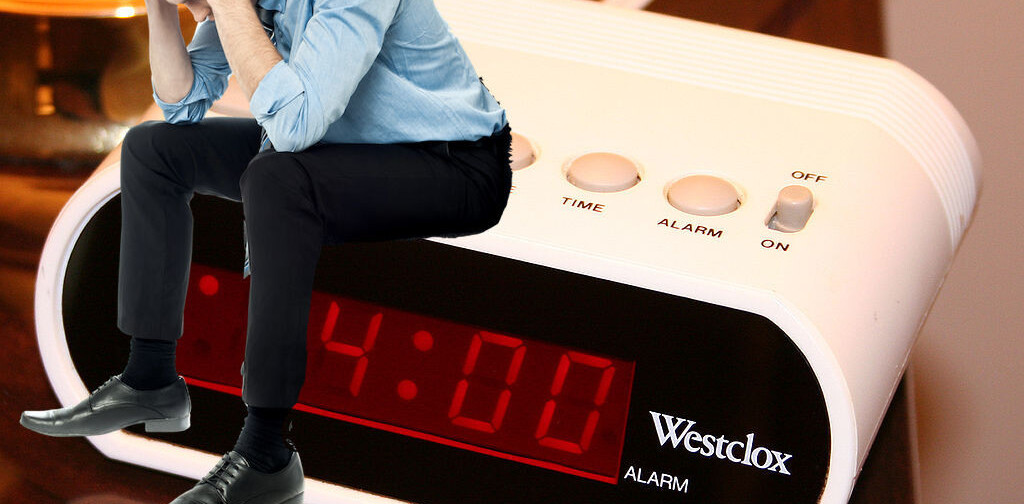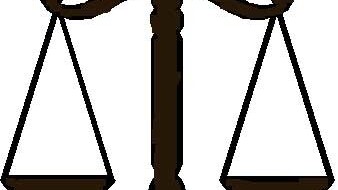
Steve Mann can probably be credited with creating the first ever lifelog, but it was Gordon Bell who coined the expression. In a 10-year research project, Bell recorded pictures of everyone he met, as well as hanging a SenseCam around his neck to record his daily life. While most of us won’t be running out to buy a SenseCam any day soon, there are various other ways you can lifelog, with a few free online tools.
Keeping a lifelog is a commitment, and unless you find a method that really suits you, you’re bound to forget all about it very quickly. So why keep a lifelog? There are lots of reasons to start this practice. For one, it’s a great way to look back and see how you’ve spent your time, and preserve the moments that matter most to you.
But it’s not just about nostalgia. You can also analyze how you spend your time, and see what changes you need to make to your lifestyle. Lifelogging has the potential to be a great self-improvement tool as long as you commit to it and track the daily progress in your work or private life.
Lifelogging in its purest form is done using a gadget to capture all moments throughout your day, and is normally a private practice that isn’t shared with others. But there’s no reason why you can’t use a public service in the cloud. It all depends on why and how you’re doing it.
The following list gives you both public and private options so you can decide if you want to share the details of your life with the online world. These methods also require a little bit more input from you, as opposed to Gordon Bell’s method of recording practically everything. Let’s face it, you’re not involved in a research project and don’t have the time to sift through hours of data. It’s far more efficient to simply lifelog the moments that matter most to you.
Keep track of your online activity with Bit.ly Bundles
No sooner had Bit.ly Bundles emerged had Joshua Auerbach come up with a way to use them to keep a lifelog. For those of us who spend half our day online, it seems like the perfect way to round up all of our activity at the end of the day and decide what we want to save for posterity. Foursquare check-ins, Instagram snaps, an interesting article that was shared on Twitter, a blog post – anything that you feel affected your day can be added to the bundle.

Lifelog all of your computer activity
If you want to take a purer approach to lifelogging your computer activity, you could simply use your browser history. Keeping track of all your online activity is automated by your browser, all you need is a way to sift through that information and make it useful. Hooeey is an extension for Firefox and Internet Explorer users which will do just that. Chrome users can use the more basic History Analyzer or Visual History to get a visual representation of their browsing habits.
Wakoopa is another app that can keep track of your computer activity, but rather than keep an eye on just browser activity, it tracks your software use, and even the ads that you see. That data can then be closely analyzed for a better understanding of your computer activity. Wakoopa also has a free social network, where the logging becomes interactive and you can see how your software use compares to others, and discover new apps. (Disclosure: The Next Web holdings is a shareholder)
Lifelog with Daytum
Daytum is a web app which lets you track and analyze all sorts of different statistics in your day-to-day life. The app uses a very visual approach to how you save the data you choose to, by allowing you to instantly create bar and pie charts, lists, and keep track of your time usage.What’s cool about Daytum is that it also gives you a way to export all of that data into a .csv file, giving you the option to use your own data the way you choose to, rather than keep it trapped in a web app.
Daytum’s parameters are flexible enough where it allows you to keep track of any kind of information or statistic that you choose to – you can use Daytum to lifelog your spending habits, your exercise routine, or even how you divide your time between work, home, outings and more. You can also use Daytum on the go with the iPhone app, or from any other phone using the mobile site. Once you’ve used Daytum for a while, you’ll find that you have a great visual representation of your lifelog.
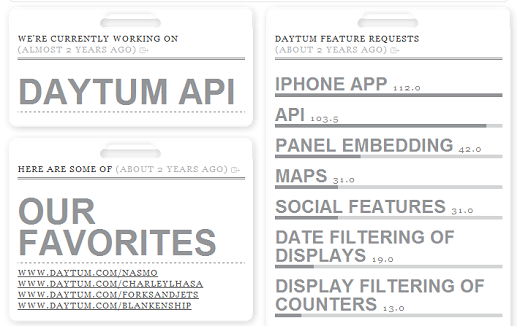
It is worth mentioning that if you want to use Daytum to keep a private record of your activities, you will have to upgrade to a plus account for $4 a month, otherwise all of your data is public.
Keep a lifelog of photos
While some photographers challenge themselves to take one photo a day, you could push yourself even further and use photography as the perfect means of preserving the highlights of your day. My Daily Photo Project is a great example of how to do that. Using any blogging platform of your choice, create a collage of photos throughout your day and post them.
So whether you want to focus on the book you’re reading, the people you saw, the places you went, or even the food you ate, as long as your camera can capture the moment, it can go in your lifelog. The approach taken by the example is to choose just one moment in your day, which is probably the smarter, and easier, option.
If you want to splurge and get a gadget especially for taking photos at specific intervals, rather than take the photos manually, the Revue 3MP will be available next month. The lightweight gadget comes with 8GB memory, more than enough for a days worth of photos taken using the 3 megapixel camera. The camera starts taking photos as soon as it is switched, on and wearing it on a strap around your neck will give you a visual record of your entire day without any effort on your part.
If you’d rather record everything from your own eye level, Looxcie is a bluetooth earpiece-like device which sits over your ear and records video of everything that you can see.
Lifelog with your phone
If you’re the kind of person who’s always on the go and want to record highlights of your day as it happens or are really serious about lifelogging, there are specific gadgets you can buy for the sole purpose of intermittently recording your day.
If you don’t want to splurge out on a new gadget purely for lifelogging, your smartphone has key capabilities that can turn it into a lifelogging tool. MyStats is an interesting iPhone option for keeping a lifelog. As the name implies, the app is useful for keeping track of specific statistics in your life. You can use it as a health and fitness companion or a way of logging your work or study activity. What’s cool about MyStats is that the app takes things one step further than just lifelogging, and lets you analyze your statistics as well. If you’d rather take lifelog in photos, LifeLapse is a great way to take photos at specific intervals. Designed to be used with a specific pouch, Lifelapse will fire off an image at 30 second intervals, keeping a visual photographic record of your day, for as long as you want.
There are also methods which you can use regardless of what kind of phone you have, as long as you can send emails from your phone. Both Posterous and Tumblr have options for updating via email, making them great platforms for lifelogging from anywhere. If you don’t want to share your lifelogging activities with the whole world, both Posterous and Tumblr give you the option of creating private posts or blogs. Since Tumblr allows you to password protect your blog, you can choose to share your lifelog with specific people.
Momento is another great little app which gives you the option to keep a lifelog, recording the moments that you choose to, as well as pulling in data from various online services depending on your preference. You can pull in your Twitter and Facebook updates, Flickr and Instagram photos, Foursquare and Gowalla check-ins, and even your Last.fm loved tracks. Each entry can contain text, you can tag people, places, events, or add take or add an existing photo. Momento also lets you export your data to a text file.
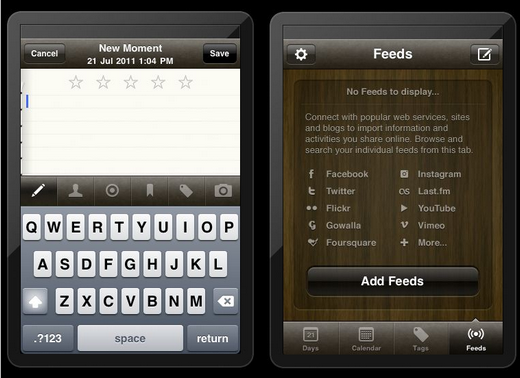
If you’d rather lifelog by recording your thoughts on the go, using a free, cross-platform like Soundcloud is one of the best options available since you can choose to keep your recordings private.
Use Evernote to keep a lifelog
Evernote is an ideal lifelogging app because you can use it both on the go with the official mobile apps, or at your Mac or Windows desktop. Evernote is available on pretty much every platform you can think of, and lets you capture anything from screenshots and photos, to links and clippings. Because in its essence, Evernote is a note-taking app, it also is a great choice if you want record your thoughts. You can geo-cache your entries so not only can you keep track of the important highlights of your day, you can also keep track of exactly where you were at that moment.
The combination of various features, and its availability in so many different formats, means that Evernote is an easy option for anyone to begin lifelogging immediately. As with Bit.ly bundles, you have complete control over which items are saved for future reference. And with all the great add-ons available for the service, you can easily tweak how you use Evernote to suit your own lifestyle and lifelogging needs.
Lifelogging using Foursquare
If you already use Foursquare to keep a record of your outings, there are some pretty cool options for getting that information out of Foursquare and saved elsewhere. You can save all of your check-ins on Google Maps giving you a really easy way to visualize where you’ve been. In addition to Google Maps, you can also get your check-ins into Google Calendar.

Lifelog your sports, sleeping and eating habits
If you want to lifelog for health purposes, there’s a ton of cool gadgets that can help you keep track of your progress. Fitbit is a gadget which you can wear day and night, and it will track your fitness and sleeping pattern, among other things. The iPhone app Sleep Cycle Alarm Clock, while not as comprehensive as Fitbit, can at least give you a more economic way of keeping track of your sleeping patterns, while WakeMate is a wristband which can analyse your sleep pattern and determine when you should wake up. Zeo is a gadget which counts the number of hours of sleep you get, analyzing your sleep pattern, the number of hours of REM, deep and light sleep you get.

If you want to keep track of specific statistics as you exercise, Apple and Nike have you covered with the Nike+iPod Sport Kit. iPhone users can benefit from a few of the apps on this list, with Endomondo tracking your sports activities using GPS, while cyclists can use Cyclemeter to keep a record of all their rides. Weightbot is an easy-to-use app for tracking your weight gain and loss, while GymGoal is a great option for keeping track of all of your gym activity.
Cyclists can go one step further, strapping a camera to your helmet and record the entire thing from beginning to end. Or if you prefer, take photos at intervals. If you don’t want to spend money on a new gadget, you could always try putting together a DIY solution. There are many lifelogging gadgets available for sports and health, and it’s simply a matter of choosing the one that is best suited to your needs.
Withings gives you an easy way to log your weight change with a WiFi body scale, and allows you to analyze the statistics on your computer, smartphone or iPad. Withings also provides an easy way to log your blood pressure using your iPhone or iPod Touch.
If you want to keep track of your eating habits, there are a few interesting options available. Mealsnap will let you take a photo of your food, and can then estimate the caloric intake of your food. The app makes it easy to keep track of your eating habits, and having that visual representation could also serve as a great motivational tool to drop or cutback on some of your unhealthier habits.
If you want to see a complete list of lifelogging options available, check out Mark Krynsy’s list.
Get the TNW newsletter
Get the most important tech news in your inbox each week.
